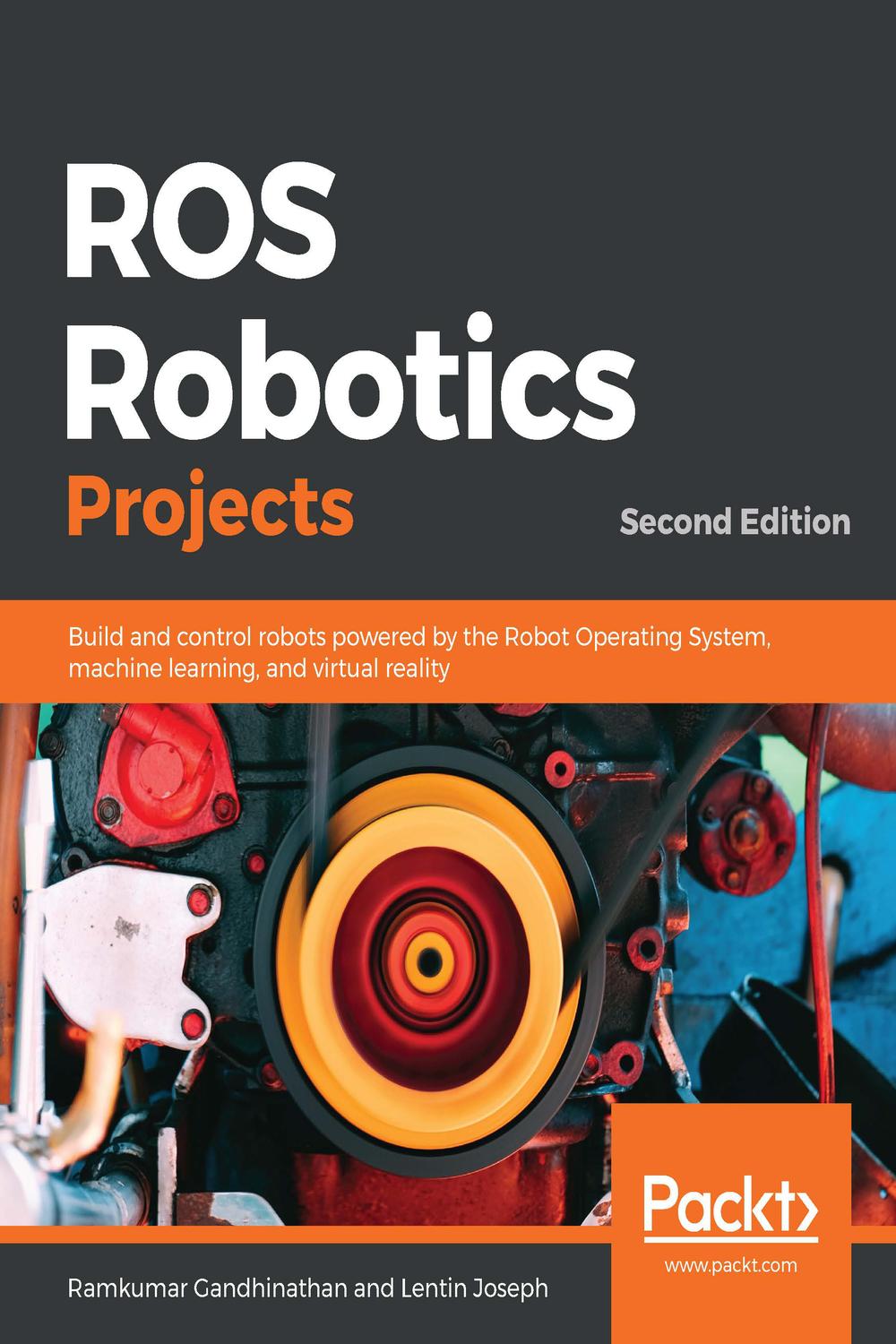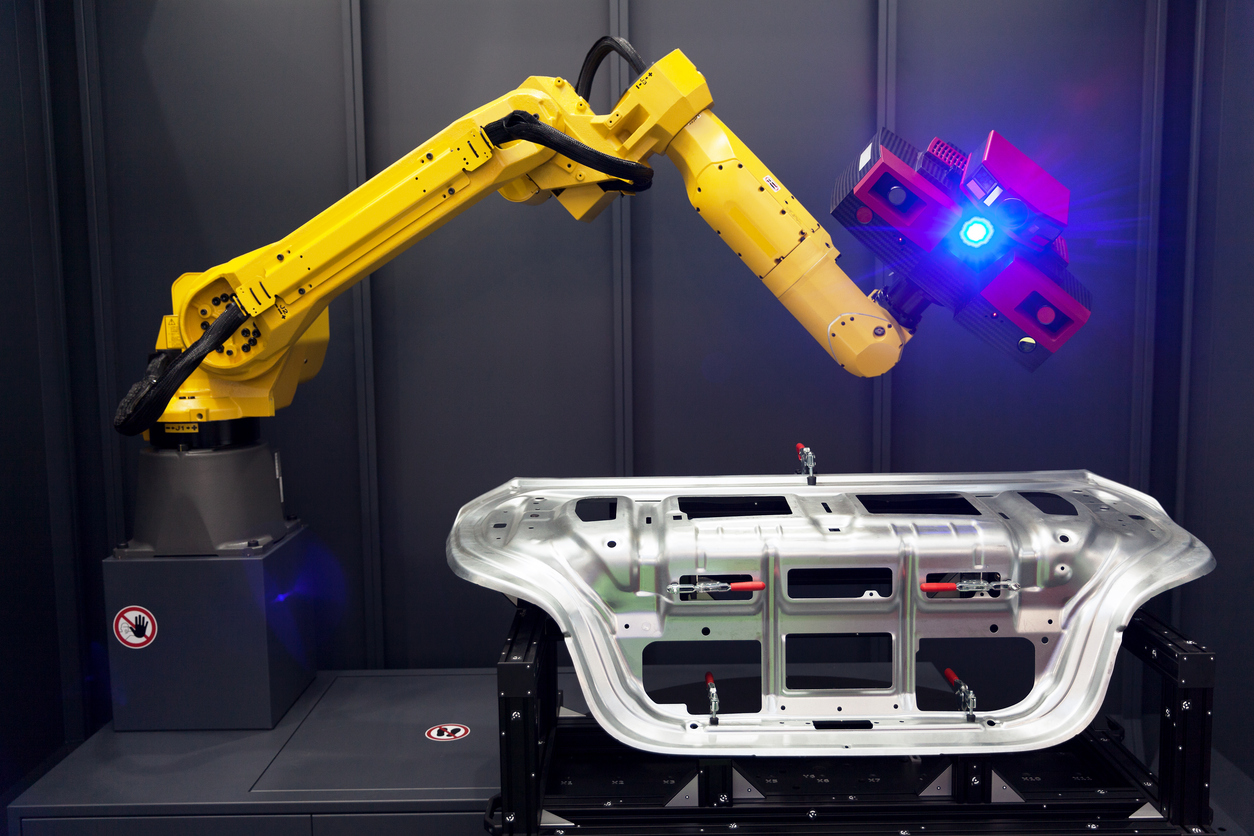

The code segments are frequently interspersed within the content of the book making the code part of the story and not a separate section. Reading the book is unlike most other books. The author could have discussed more about generating maps (this is discussed a bit in the first section), position estimation from different scenes (optical flow type stuff), etc. This last section was a bit of a disappointment since the author mostly tied the control and vision together for robotic arms and not for mobile robots (I know there are the 2 examples). This third section covers visual servoing both to find position and to servo based on image features. In the final section the goal is to integrate the control and vision sections of the book. Topics include calibration (hugely important and annoying to manually perform), manipulating the images, extracting features, and stereo. The second section is all about computer vision. I really like how the author handles mobile robot (including quadcopters) and arms as separate classes of robots with different concerns. This first section is all about controlling a robot with topics such as kinematics, dynamics, controls, navigation, & localization. Robotics, Vision and Control has three primary sections. I have not tried either of those options with these toolboxes, but you might want to give it a try (please leave a comment after giving this a try). Another option is to try converting the Matlab code to C. Since Octave does not have GUI tools or a Simulink equivalent the higher level function might have a problem but you can probably pull out code segments and individual functions.
#ROBOTICS VISION CONTROL 2ND EDITION PDF FREE#
I was also hesitant to review this book since the code is all in Matlab and not in a language that can easily be implemented on a robot (such as C or C++).(I am biased towards things that are useful for developing real world robotics).īefore I begin the review I just want to point out that if you do not have Matlab (since it costs $$) you might be able to run some of this in Octave (a free basic Matlab clone). As of writing this there are a bunch of figures on the code section of the website that are not being displayed (404 Not Found error). Peter has developed two toolboxes with documentation that contain all of this Matlab code one for robotics and the other for machine vision. There is a companion website that has summaries and code. I decided to review this book since it has a lot of Matlab code (I know I complain about Matlab later on) and examples that *could* be useful when developing real systems, testing a specific algorithm, or to benchmark your implementation against. Here is a book review on Peter Corke’s Robotics, Vision and Control, published in 2011 (and 2013). This second edition is completely revised, updated and extended with coverage of Lie groups, matrix exponentials and twists inertial navigation differential drive robots lattice planners pose-graph SLAM and map making restructured material on arm-robot kinematics and dynamics series-elastic actuators and operational-space control Lab color spaces light field cameras structured light, bundle adjustment and visual odometry and photometric visual servoing.Book Review: Robotics, Vision and Control Fundamental Algorithms in MATLAB by Peter Corke then camera models, image processing, feature extraction and multi-view geometry and finally bringing it all together with an extensive discussion of visual servo systems. The book is a real walk through the fundamentals of mobile robots, arm robots. It is written in an accessible but informative style, easy to read and absorb, and includes over 1000 MATLAB and Simulink® examples and over 400 figures. The topics covered are guided by real problems observed by the author over many years as a practitioner of both robotics and computer vision. Using the latest versions of the Toolboxes the author shows how complex problems can be decomposed and solved using just a few simple lines of code. It weaves together theory, algorithms and examples in a narrative that covers robotics and computer vision separately and together. This book makes the fundamental algorithms of robotics, vision and control accessible to all.

They provide implementations of many important algorithms and allow users to work with real problems, not just trivial examples. For over 20 years the author has maintained two open-source MATLAB® Toolboxes, one for robotics and one for vision. The research community has developed a large body of such algorithms but for a newcomer to the field this can be quite daunting. Robotic vision, the combination of robotics and computer vision, involves the application of computer algorithms to data acquired from sensors.


 0 kommentar(er)
0 kommentar(er)
